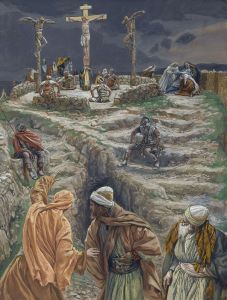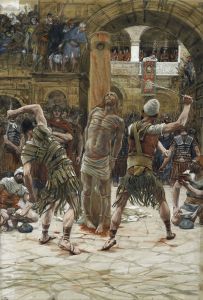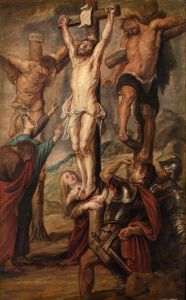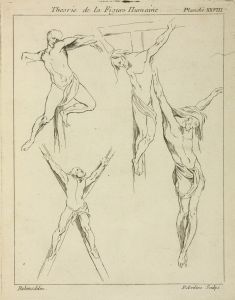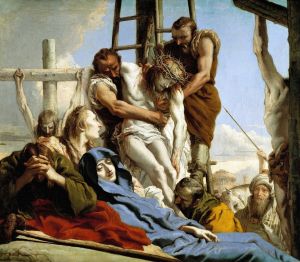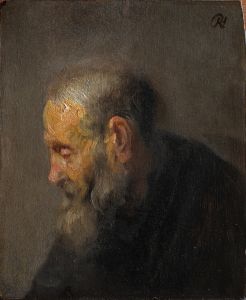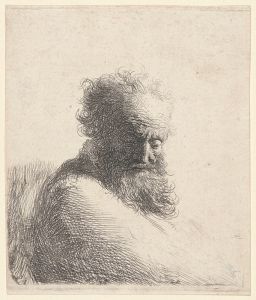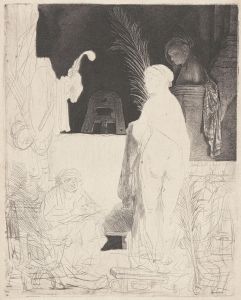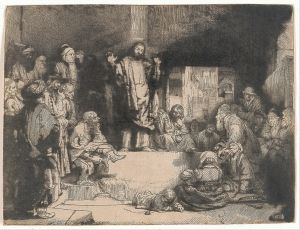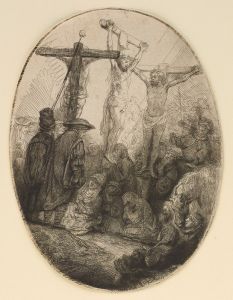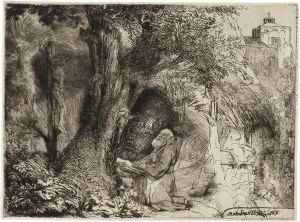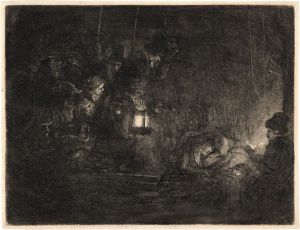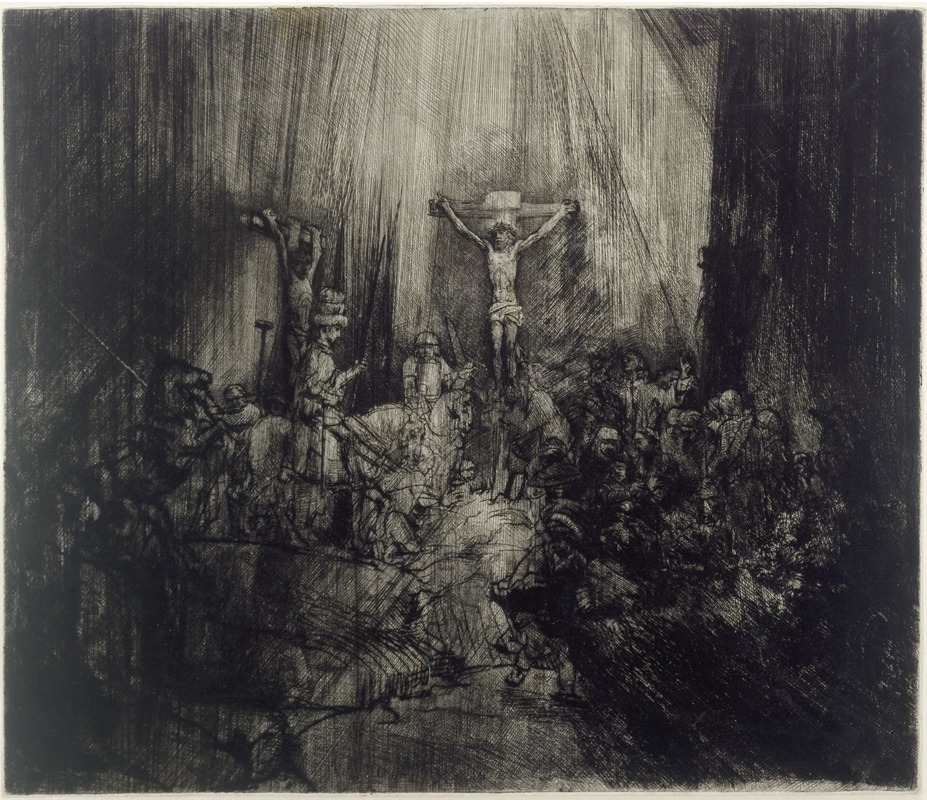
Christ crucified between the two thieves; ‘The three crosses’
A hand-painted replica of Rembrandt van Rijn’s masterpiece Christ crucified between the two thieves; ‘The three crosses’, meticulously crafted by professional artists to capture the true essence of the original. Each piece is created with museum-quality canvas and rare mineral pigments, carefully painted by experienced artists with delicate brushstrokes and rich, layered colors to perfectly recreate the texture of the original artwork. Unlike machine-printed reproductions, this hand-painted version brings the painting to life, infused with the artist’s emotions and skill in every stroke. Whether for personal collection or home decoration, it instantly elevates the artistic atmosphere of any space.
"Christ Crucified Between the Two Thieves," commonly referred to as "The Three Crosses," is a renowned drypoint print created by the Dutch artist Rembrandt van Rijn. This work, executed in 1653, is considered one of the most significant examples of Rembrandt's mastery in printmaking. The print depicts the crucifixion of Jesus Christ, flanked by the two thieves, a scene described in the New Testament of the Bible. It is celebrated for its dramatic use of light and shadow, as well as its emotional intensity.
Rembrandt created "The Three Crosses" using the drypoint technique, a printmaking process in which an image is incised into a plate with a sharp metal needle. The plate was made of copper, and the artist employed a variety of tools and methods to achieve a rich tonal range and intricate details. The print is notable for its dynamic composition and the interplay of light and darkness, which heightens the dramatic effect of the crucifixion scene. The central figure of Christ is illuminated, drawing the viewer's attention, while the surrounding figures and landscape recede into shadow.
The work exists in multiple states, or versions, as Rembrandt reworked the copper plate over time. Each state reflects changes and refinements made by the artist, offering insight into his creative process. The first state is characterized by a relatively clear and detailed depiction of the scene, while later states show increased emphasis on the contrast between light and shadow, as well as alterations to the figures and background. These changes contribute to the evolving emotional and visual impact of the work.
"The Three Crosses" is widely regarded as a masterpiece of printmaking and a testament to Rembrandt's ability to convey profound spiritual and human themes. The print demonstrates his skill in capturing the drama and pathos of the crucifixion, as well as his innovative use of the drypoint technique. Today, impressions of "The Three Crosses" are held in major museum collections around the world, including the Rijksmuseum in Amsterdam and the British Museum in London.





